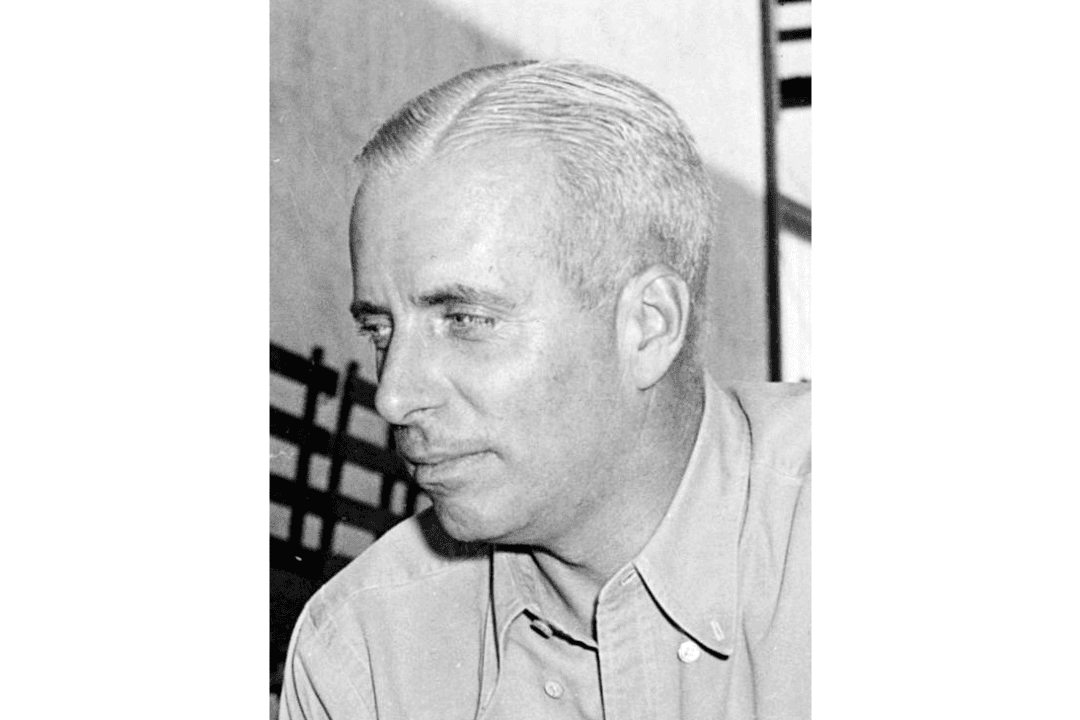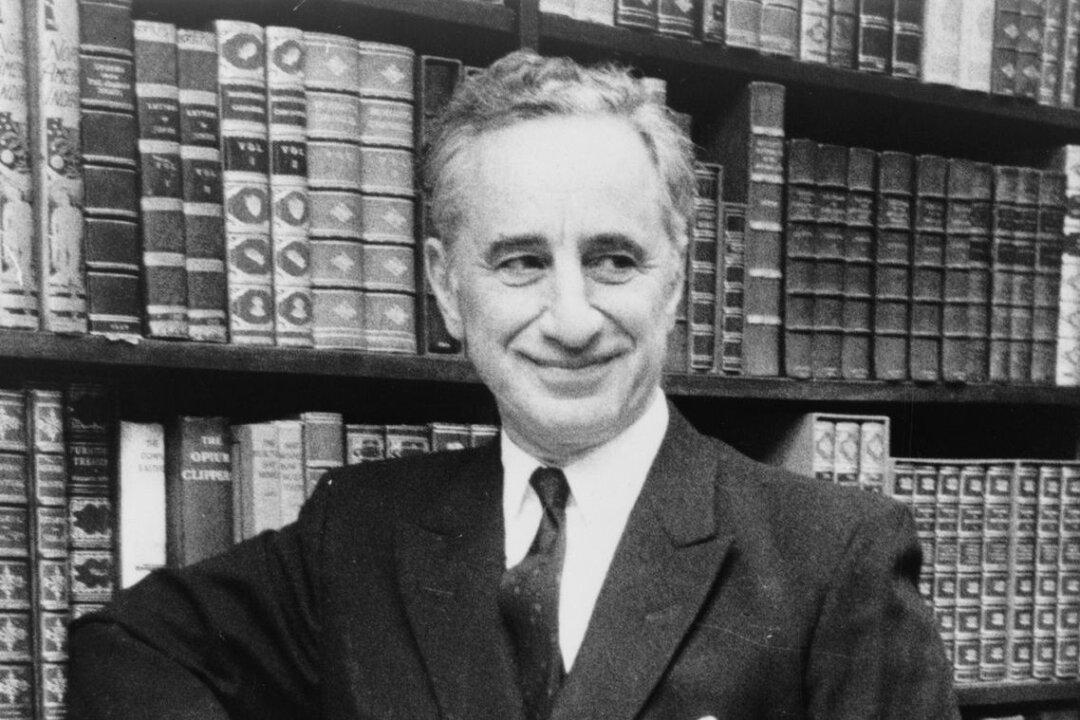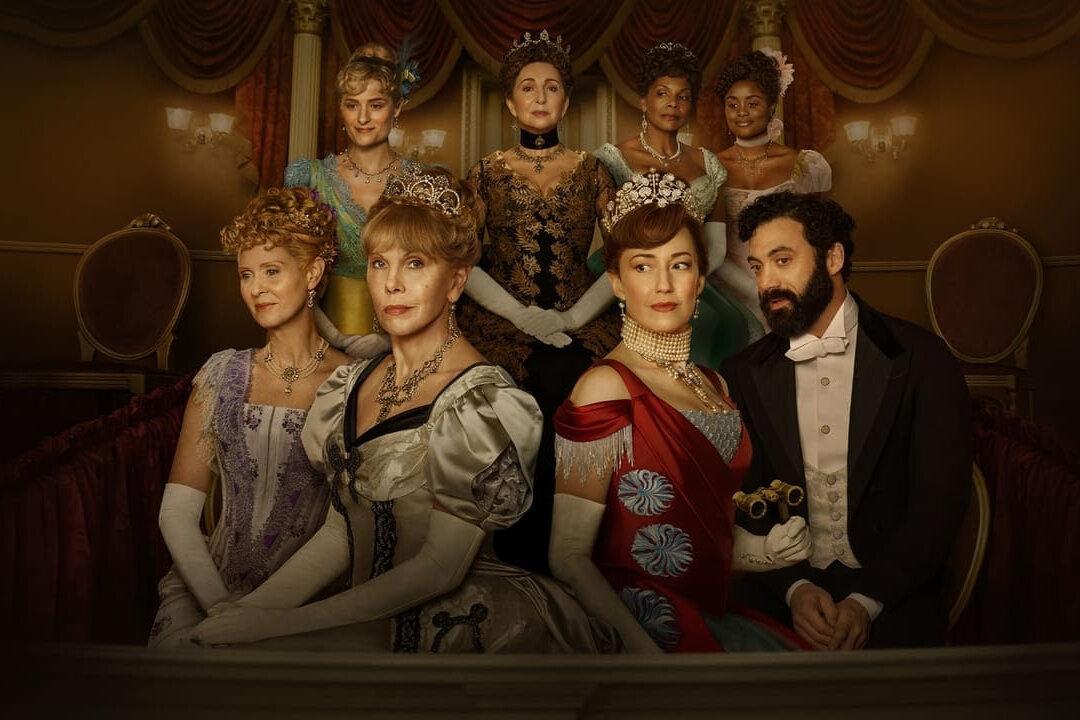Like many Americans, I first discovered Aesop’s fables in a children’s edition. Mine had 20 fables with colorful illustration. These brief stories, with their talking animals and surprise endings, naturally appeal to kids. The tales often close with “morals”—statements of the life lessons they’re meant to impart.
Whether you did or didn’t encounter Aesop as a child, Robin Waterfield’s delightful 2024 translation makes a happy addition to any school or family library. It gives grown-ups as well as children a chance to enjoy these ancient gems of wit and wisdom. Waterfield, a British scholar who has translated Plato and Marcus Aurelius, offers 400 fables in clear, compulsively readable English, helpful and entertaining footnotes, a generous introduction covering historical and literary aspects, and an explanation of how the fables came down to us.






